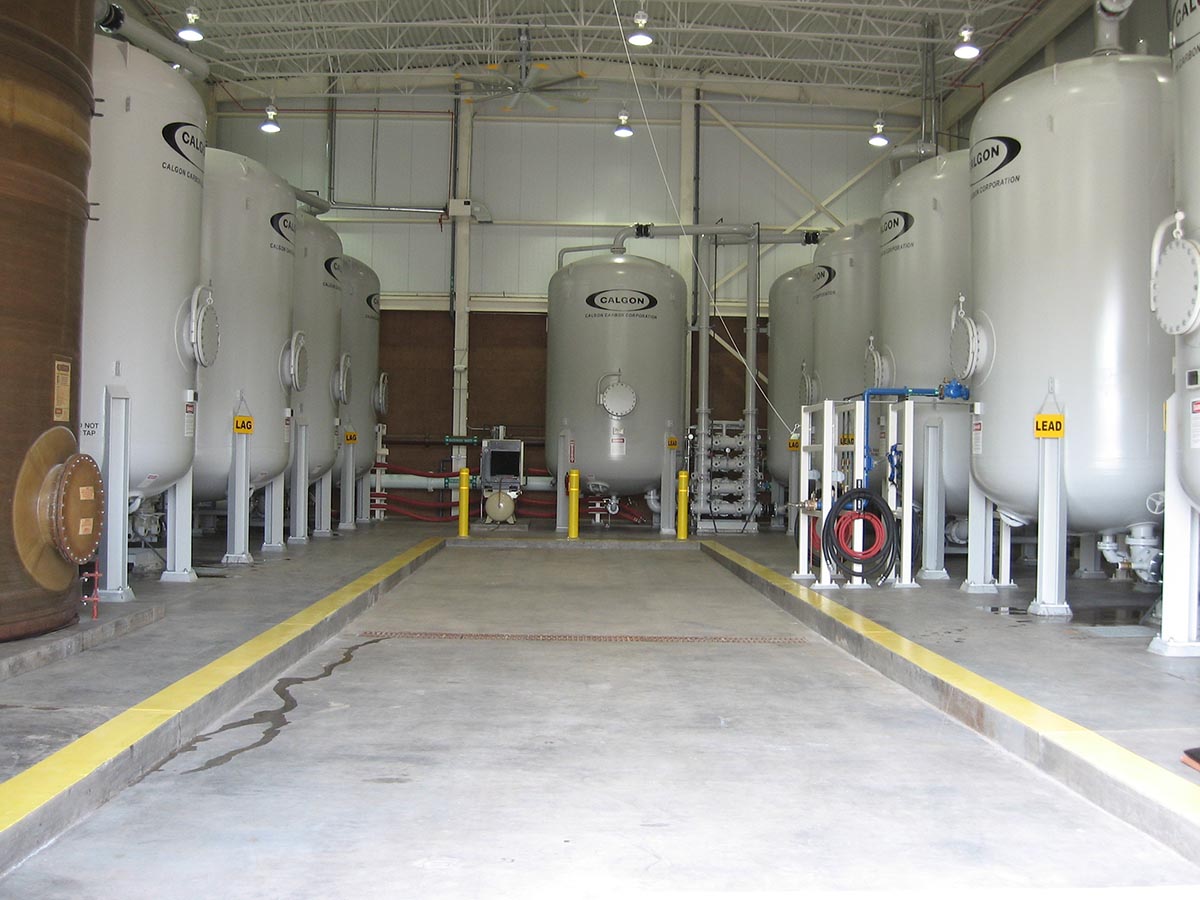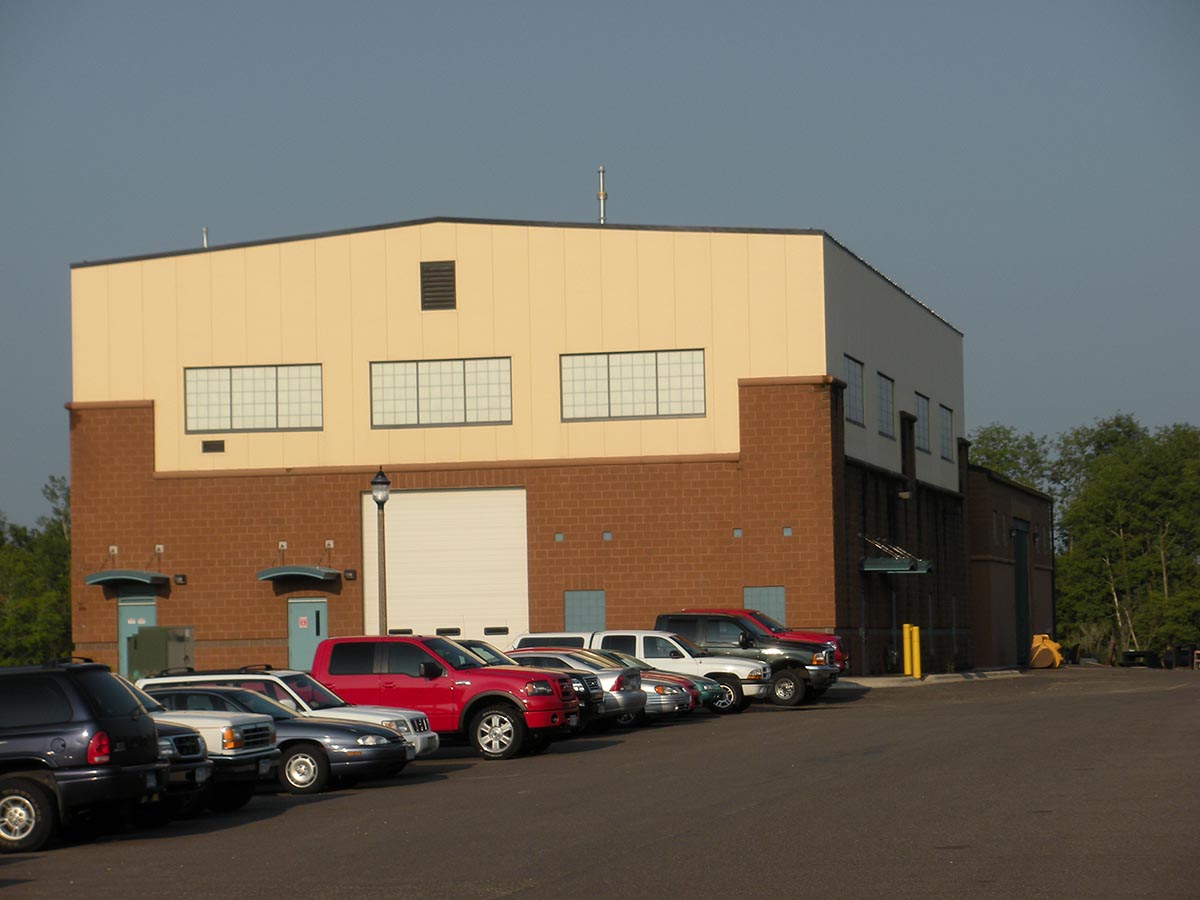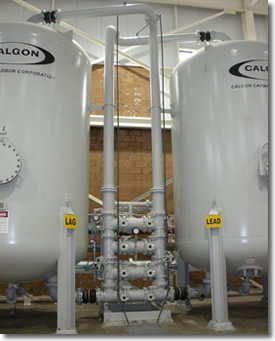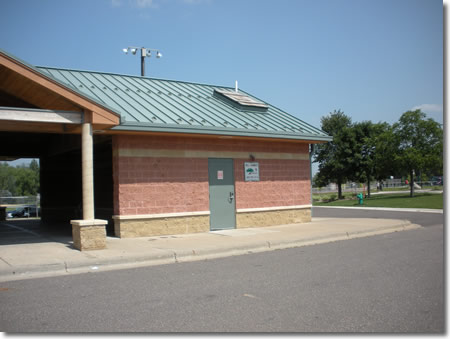Drinking Water Protection
- Drinking Water Protection Home
- About Us
- A-Z Index of Contaminants in Water
- Community Public Water Supply
- Drinking Water Grants and Loans
- Drinking Water Institute
- Drinking Water in Schools and Child Cares
- Drinking Water Revolving Fund
- Laws and Rules
- Noncommunity Public Water Supply
- Source Water Protection
- Water Operator and Certification Training
- Drinking Water Protection Contacts
Related Topics
- Annual Reports
- Drinking Water Risk Communication Toolkit
- Drinking Water Protection External Resources
- Fact Sheets
- Forms
- Invisible Heroes Videos: Minnesota's Drinking Water Providers
- Noncom Notes Newsletter
- Sample Collection Procedures (videos, pictures, written instructions)
- Waterline Newsletter
Related Sites
- 10 States Standards
- Clean Water Fund
- Health Risk Assessment – Guidance Values and Standards for Water
- Minnesota Well Index
- Water and Health
- Wells and Borings
Environmental Health Division
Oakdale and 3M Work Together to Remove Perfluorochemicals
From the Spring 2010 Waterline
Quarterly Newsletter of the Minnesota Department of Health Public Water Supply Unit, Waterline
A complete list of feature stories can be found on the Waterline webpage.
 |
|
A treatment plant using granular-activated carbon
went on-line in Oakdale in 2006. |
A sliver of a suburb on the eastern edge of the Twin Cities, Oakdale has grown from a weekend-retreat area of cabins ringing Tanners Lake, through a period of tract housing and starter homes, to a burgeoning community. Two miles wide and stretching six miles from south to north in Washington County, Oakdale is the product of a consolidation of three cities—Northdale, Oakdale, and East Oakdale—in the 1960s for the primary task of developing public water and sewer systems.
Development in Oakdale increased in the 1980s, and the city kept up with the growth, providing water from eight wells scattered within its limits and distributing it to homes and businesses throughout three different pressure zones. Public works director Brian Bachmeier described the 1990s and first few years of the 21st century as the “nirvana period” in Oakdale’s history.
Then came the news in 2004 that the Minnesota Department of Health (MDH) wanted permission to test the city’s water for contaminants they had never before tested for, perfluorooctanoic acid (PFOA) and perfluorooctane sulfonate (PFOS). These chemicals are two of a much larger class of chemicals known as perfluorochemicals (PFCs) that have been used in products that resist heat, stains, water, oil, and grease.
Washington County contains a number of sites that have been used for disposal of PFCs, including one in Oakdale that was acquired by the 3M Company and designated as a Superfund clean-up site in 1985 after being investigated by the Minnesota Pollution Control Agency. At that time, solvents were found in some shallow private wells, prompting the residents to connect to the city’s water system, and a variety of organic chemicals were found in groundwater and soil. 3M responded by removing large amounts of waste material and contaminated soil, installing monitoring wells to sample the groundwater, and constructing a pump-out system that is still in operation today to intercept pollutants in shallow portions of the aquifer.
The MDH sampling that began in November of 2004 indicated the presence of small amounts of PFOA and PFOS in four of the city’s eight wells. One of the wells (Well 5) exceeded the health based value for PFOS. In January of 2005, the city met with MDH and 3M to discuss the issues and options for addressing them.
Meanwhile, sampling of the city’s wells continued. In early 2006, the MDH laboratory expanded the list of PFCs for which it was able to test to include five more compounds: PFBA (perfluorobutanoic acid), PFPeA (perfluoropentanoic acid), PFHxA (perfluorohexanoic acid), PFBS (perfluorobutane sulfonate), and PFHxS (perfluorohexane sulfonate). PFBA has been detected in seven of the city’s eight wells, but at concentrations below the health based value for PFBA. Trace levels of the four other PFCs also have been detected in four of the city wells (Wells 5, 7, 8, and 9).
“Since no best available technology was known for PFC removal, 3M offered to conduct a pilot study using granular activated carbon [GAC] filters,” MDH engineer Chad Kolstad said. “The results from the pilot study were promising.”
Based on the data from the pilot study, Oakdale and 3M agreed to build a GAC treatment plant to treat the water from Wells 5 and 9, which are adjacent to Richard Walton Memorial Park and south of the plant. Completed in 2006, the plant has a capacity of 2,500 gallons per minute with 10 GAC vessels containing a total of 100,000 pounds of activated carbon.
 |
| The plant, on Hadley Avenue in Oakdale, treats water from Wells 5 and 9, which are to the south of the plant. |
“GAC filters are similar to iron and manganese filters,” Kolstad explained, “except they are not backwashed and are set in a lead/lag series, allowing the second filter/vessel to catch any contaminant breaking through the first vessel. Once the PFCs start to break through the media, the GAC in the lead vessel is replaced with virgin GAC and the current lead vessel is moved to the lag position.”
After the plant went on-line, MDH collected PFC samples every two weeks to monitor the effectiveness of the plant. Kolstad said the first PFC to break through the lead vessel, after approximately six weeks, was PFBA. “Since the state health based value for PFBA is 7.0 ppb, and the raw water concentration of the wells was less than 2.0 ppb, PFBA was not a major concern. PFOA was the next to breakthrough but not until day 286, followed by PFOS about 550 days into the run.
“With the replacement of the GAC being based on PFOA breakthrough, the city was able to treat 1.9 billion gallons of water over 23 months. Over this period, only 3.7 pounds of PFBA, 7.7 pounds of PFOA, and 11.4 pounds of PFOS were removed. This amounts to a replacement cost of the GAC of 12 cents per 1,000 gallons, which is covered by 3M.” Kolstad added that the GAC will probably continue to be replaced annually.
Fluoride and chlorine are added to the water after it passes through the filters (and continues to be added at other wells). Wells 5 and 9 are the lead running wells in the city and also the highest in terms of PFC contamination. The water being treated at the plant accounts for 75 percent of the water being delivered to residents.
 |
 |
| The photo at left shows the lead-lag system used with the filters. At right, utilities superintendent Chris Sonterre explains the process. | |
Well 8 also has PFC levels above the health risk limits. Because it was not feasible to hook this well into the plant, it has been taken out of service and a new well is being drilled. The seven wells now being used range from 463 to 581 feet in depth into the Jordan aquifer. Utilities superintendent Chris Sonterre says the water from the Jordan is good water, containing virtually no iron and manganese.
Oakdale has kept its residents informed of the situation and informed them of additional precautions they can take with point-of-use devices in their homes. The city also realizes that in the future it may have to consider other treatment options, including reverse-osmosis, ion-exchange resins, GAC with longer contact time, and new wells.
“Though PFCs in groundwater happen to be unique to certain areas of the state, the lessons learned and process involved will hopefully serve as a template for future contaminants,” said Kolstad. “Since laboratory detection limits continue to improve, even down to the parts-per-trillion range, water that was once considered contaminant free may start to find very low concentrations of contaminants.
“Even though the concentrations of these contaminants may be far too low to affect human health, it will require a new type of public education and empathy toward each individual’s idea of risk.”
Learn more by watching Invisible Heroes: Oakdale
Other Invisible Heroes videos:
- Invisible Heroes: Fairmont
- Invisible Heroes: New Brighton
- Invisible Heroes: Worthington
- Invisible Heroes: St. Martin
- Invisible Heroes: St. Cloud
 |
 |
|
Well 5 (above) is on the other side of Richard Walton Memorial Park
from Well 9 (below). |
|
|
|
|
